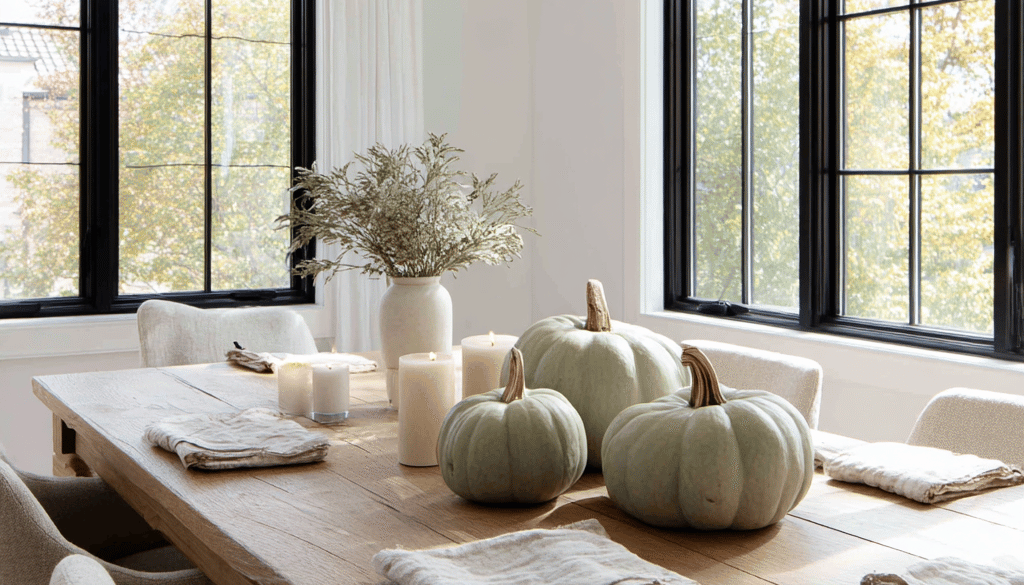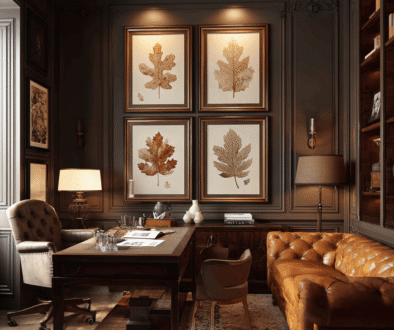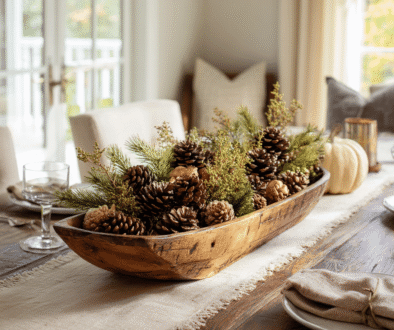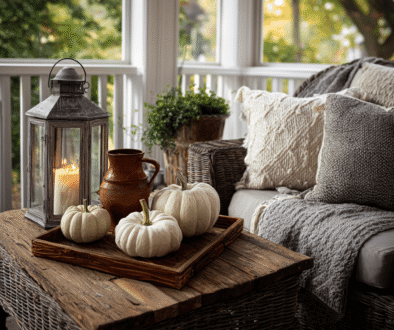Best Modern Minimalist Fall Decor: Less is More
I’ve always believed that the most beautiful spaces tell a story without shouting. This philosophy becomes especially important during fall, when it’s tempting to fill every corner with pumpkins, leaves, and autumn accessories. But what if I told you that embracing minimalism during this cozy season could create an even more stunning and peaceful home?
Modern minimalist fall decor isn’t about stripping away all the warmth and comfort we associate with autumn. Instead, it’s about curating carefully chosen elements that capture the essence of the season while maintaining clean lines and uncluttered spaces. I’ve discovered that this approach not only creates a more sophisticated look but also allows each decorative element to truly shine.
If you are looking to add some awesome fall shirts into your wardrobe this year, click on the images below. Use code FALL15 for a 15% discount on top of our current fall price while supplies last. That is a total of 40% OFF!!!! We ship to the USA and Canada.
Below are some profucts I think you might like.
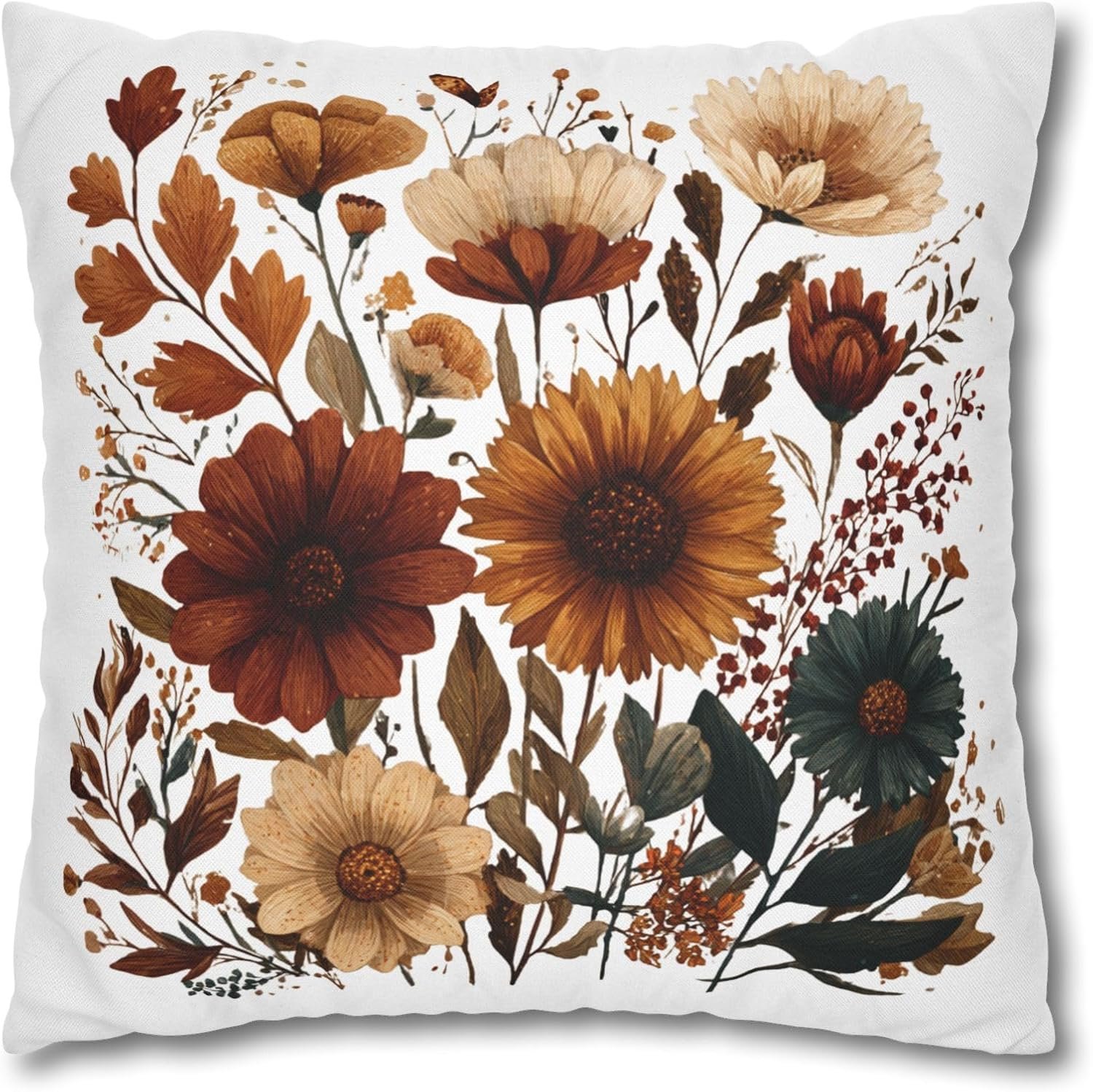
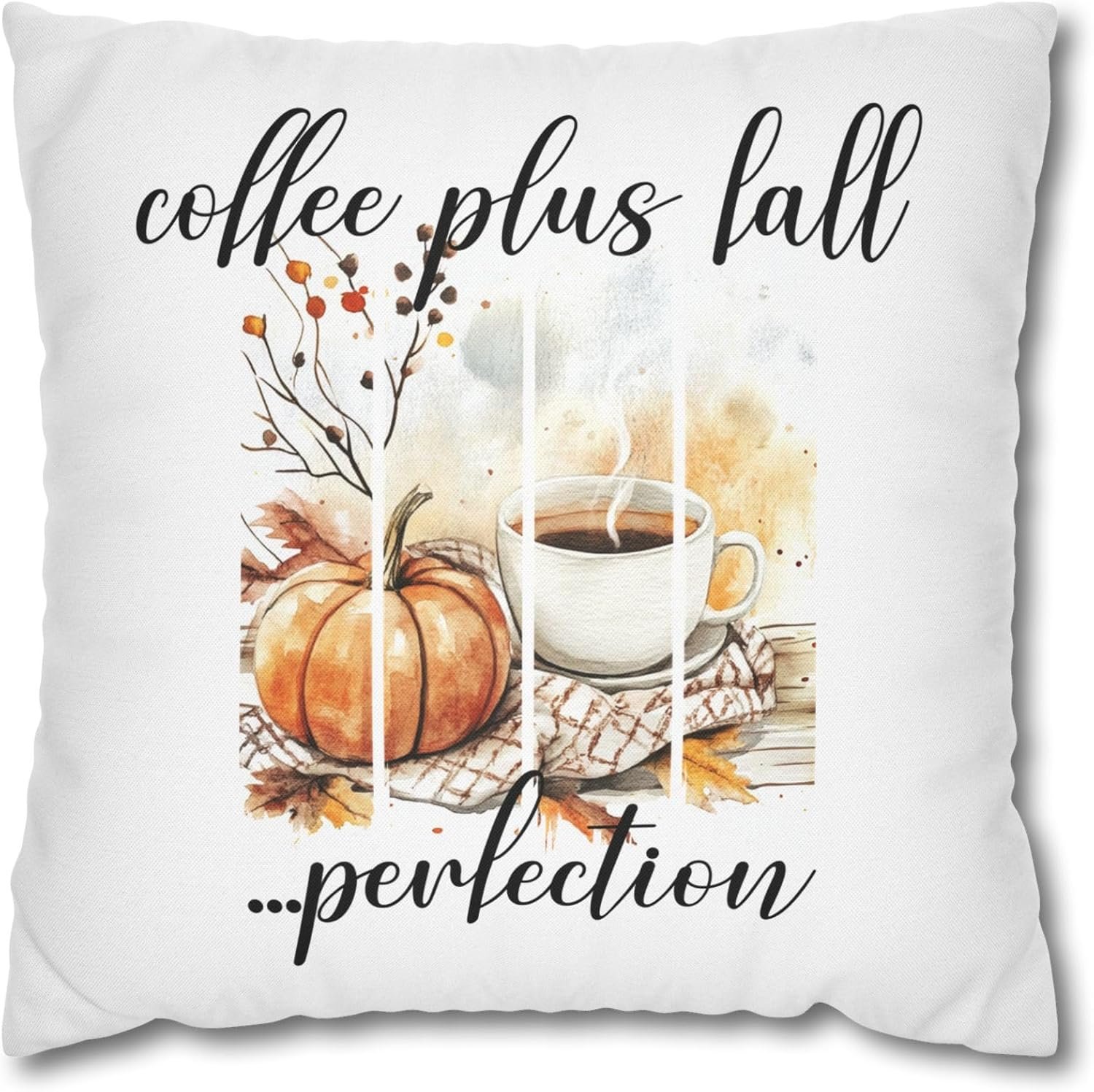
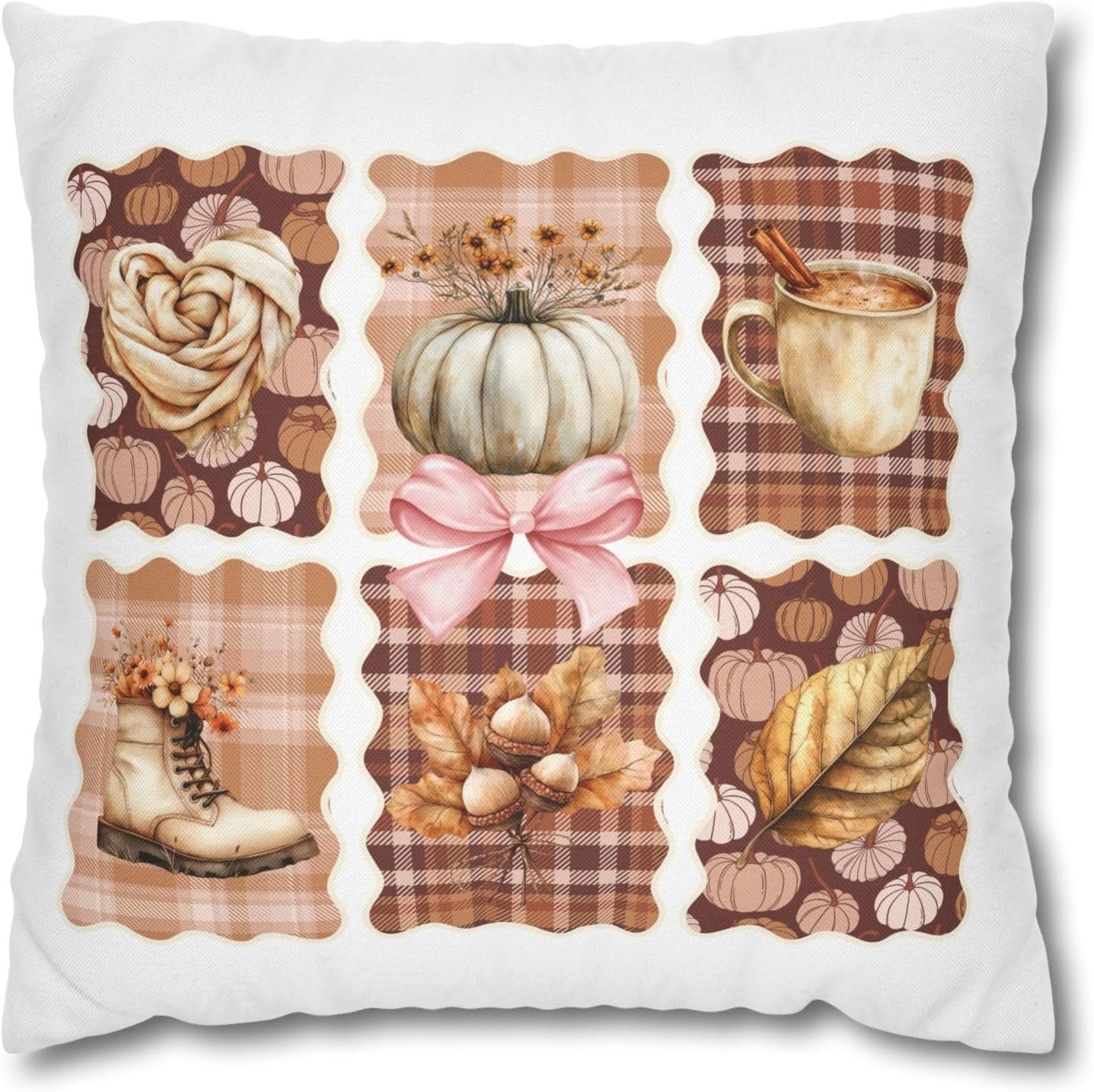

Understanding Modern Minimalist Design Principles
The foundation of minimalist fall decorating lies in understanding what makes a space feel both seasonal and serene. I focus on three core principles: intentional selection, quality over quantity, and functional beauty. Every piece I choose serves a purpose, whether that’s adding warmth, creating visual interest, or simply bringing joy to my daily routine.
Color plays a crucial role in minimalist fall design. Rather than incorporating every shade of autumn, I select a restrained palette that speaks to the season without overwhelming the space. Deep burgundy, warm cream, soft sage green, and rich cognac brown become my go-to colors. These hues work harmoniously together while maintaining the sophisticated restraint that defines minimalist aesthetics.
Texture becomes even more important when working with fewer decorative elements. I layer different materials to create depth and interest without adding visual clutter. Natural linen, smooth ceramics, rough-hewn wood, and soft wool blankets provide tactile variety that keeps minimalist spaces from feeling cold or sterile.

Creating Warmth Through Natural Elements
Natural materials form the backbone of my minimalist fall decorating strategy. I gravitate toward elements that could have been gathered on a peaceful autumn walk: a single branch of oak leaves in a simple ceramic vase, smooth river stones arranged on a floating shelf, or a collection of pinecones displayed in a handwoven basket.
The key is restraint. Instead of filling multiple vases with different autumn branches, I choose one spectacular specimen and give it the space it deserves. A single branch of persimmon or maple leaves becomes a statement piece when displayed in a tall, narrow vase against a clean white wall.
I also incorporate natural textures through textiles. A chunky knit throw in oatmeal or camel tones draped over a modern sofa instantly adds fall coziness without compromising clean lines. Jute rugs, linen table runners, and wool pillow covers in muted autumn tones create layers of warmth that feel both seasonal and timeless.
Wood elements deserve special attention in minimalist fall spaces. I might add a live-edge wood serving tray to my coffee table or display a single piece of driftwood on a mantel. These organic shapes provide visual relief from the geometric lines typical of modern furniture while maintaining the sophisticated simplicity that defines the style.

The Art of Selective Pumpkin Styling
Pumpkins are synonymous with fall, but incorporating them into a minimalist space requires thoughtful curation. I abandon the “more is more” approach and instead focus on selecting pumpkins that align with my design aesthetic. White, cream, and sage green pumpkins offer seasonal charm without the overwhelming orange that can dominate a space.
Size and placement matter enormously. Instead of clustering multiple small pumpkins together, I might choose one large, perfectly formed pumpkin as a centerpiece. Its sculptural quality becomes the focal point, while its organic curves soften the angular lines of modern furniture.
I also experiment with unexpected ways to display pumpkins. A single white pumpkin on a stack of coffee table books creates an editorial look that feels both current and timeless. Grouping three pumpkins of varying sizes and similar tones on a dining table maintains visual balance while avoiding the cluttered feeling that comes with traditional autumn displays.
The finish of pumpkins can dramatically impact their suitability for minimalist spaces. Matte spray paint in neutral tones can transform ordinary orange pumpkins into sophisticated decorative objects. Soft gray, warm white, or even metallic bronze can make pumpkins feel more like art pieces than traditional fall decorations.

Lighting That Enhances Autumn Ambiance
Lighting becomes particularly important during fall as daylight hours shorten and we spend more time indoors. In minimalist spaces, I focus on creating warm, ambient lighting that enhances the cozy feeling of autumn without adding visual complexity.
Candles are perfect for this purpose. I choose unscented versions in neutral containers that complement rather than compete with my existing decor. Simple white pillar candles in glass hurricane lamps create romantic ambiance, while votive candles in clear glass holders can be scattered throughout a space for subtle warmth.
String lights might seem too casual for a sophisticated minimalist space, but when used thoughtfully, they can add magical ambiance. I drape warm white fairy lights along a mantel or weave them through a single autumn branch for gentle illumination that feels festive without being overwhelming.
Table lamps with warm-toned bulbs help create the golden glow that makes fall evenings so appealing. I might swap out standard lampshades for ones in warm cream or soft brown to enhance the seasonal feeling while maintaining the clean aesthetic of the space.

Incorporating Seasonal Scents Mindfully
Scent plays a powerful role in creating seasonal atmosphere, but it’s easy to go overboard with autumn fragrances. I prefer subtle approaches that enhance rather than announce their presence. A small dish of cinnamon sticks on a side table provides gentle spice notes when guests pick up a book or reach for a glass.
Essential oil diffusers offer more control over scent intensity than traditional candles or reed diffusers. I blend cedarwood, orange, and clove oils for a custom autumn fragrance that feels sophisticated rather than cloying. The key is using just enough to create subtle background ambiance.
Fresh elements can also contribute to seasonal scenting. A bowl of crisp apples on the kitchen counter provides both visual appeal and gentle fragrance. Pine boughs arranged in a simple vase offer the fresh scent of outdoors while maintaining the clean lines essential to minimalist design.

Textiles That Add Seasonal Warmth
Fall is the perfect time to introduce cozy textiles that make minimalist spaces feel more inviting. I focus on adding layers through throws, pillows, and rugs in natural materials and muted tones that complement rather than compete with existing furnishings.
A cashmere throw in camel or taupe draped over the back of a modern chair instantly makes the space feel more welcoming. The luxury of the material elevates the overall aesthetic while providing practical warmth as temperatures drop.
Pillow covers in seasonal colors can be an easy way to transition a space from summer to fall. I might swap bright white covers for ones in warm cream, soft rust, or muted olive. The key is choosing colors that feel autumnal without being obviously themed.
Area rugs provide another opportunity to add seasonal warmth. A natural jute rug with subtle pattern or texture can ground a seating area while maintaining the clean aesthetic essential to minimalist design. The neutral tones work with any color scheme while adding the tactile warmth that makes fall spaces so appealing.

Seasonal Tablescapes That Embrace Simplicity
Creating beautiful table settings for fall entertaining doesn’t require elaborate centerpieces or complicated arrangements. I focus on simple elements that celebrate the season while maintaining the elegant restraint that defines minimalist style.
A single runner in natural linen provides the foundation for a sophisticated tablescape. I might add a few white pumpkins down the center, interspersed with simple glass votive holders. The repetition creates rhythm while the neutral palette keeps things serene.
Natural elements work beautifully as casual centerpieces. A wooden bowl filled with pears or pomegranates provides seasonal color while serving a practical purpose. Guests can enjoy the fruit, making the centerpiece both beautiful and functional.
For more formal occasions, I might create height variation using objects of different scales. A tall, narrow vase with a single branch of autumn leaves paired with shorter candle holders creates visual interest without cluttering the table. The key is maintaining plenty of negative space so the table doesn’t feel crowded.

Maintaining Balance Throughout the Season
The beauty of minimalist fall decorating lies in its adaptability. As the season progresses, I can easily adjust elements to keep the space feeling fresh and current. This might mean replacing early fall branches with later season options, or swapping out lighter throws for heavier ones as temperatures drop.
Storage becomes particularly important when following minimalist principles. I keep seasonal decorations edited and well-organized so I can rotate elements without accumulating clutter. A few carefully chosen pieces stored in labeled containers make seasonal transitions effortless.
The goal is creating a space that feels intentionally curated rather than accidentally accumulated. Each piece should have a clear purpose and contribute to the overall aesthetic. If something doesn’t serve both functional and visual purposes, it probably doesn’t belong in a minimalist fall space.

Bringing It All Together
Modern minimalist fall decor proves that less truly can be more. By focusing on quality over quantity, natural materials over artificial ones, and intentional placement over abundant decoration, we can create spaces that capture the essence of autumn while maintaining the serene sophistication that makes minimalism so appealing.
The key lies in editing ruthlessly and choosing each element with care. Every pumpkin, every candle, every throw should earn its place through both beauty and purpose. This approach not only creates more visually appealing spaces but also makes seasonal decorating more manageable and budget-friendly.
As I’ve embraced this philosophy over the years, I’ve discovered that minimalist fall spaces often feel more genuinely cozy than their heavily decorated counterparts. There’s something deeply satisfying about a space where every element has been chosen with intention and given room to breathe.
This fall, I encourage you to try the minimalist approach. Start with one room and focus on creating warmth through carefully chosen natural elements, cozy textiles, and ambient lighting. You might be surprised by how much more peaceful and sophisticated your autumn spaces can feel when you embrace the principle that less is truly more.
If you love home decor and interior design as much as I do, check out these other articles I think you might like.
Best Fall Coastal Decor: Bringing Autumn Warmth to Your Beach Home
Below is a video that when played on your TV can turn your TV into a piece of art. There are hundreds of different videos to choose from.

